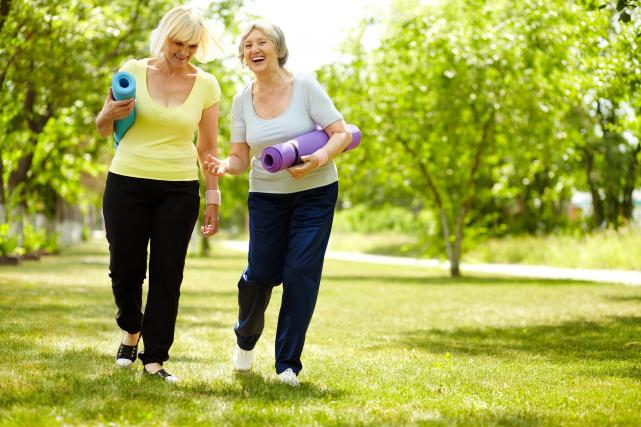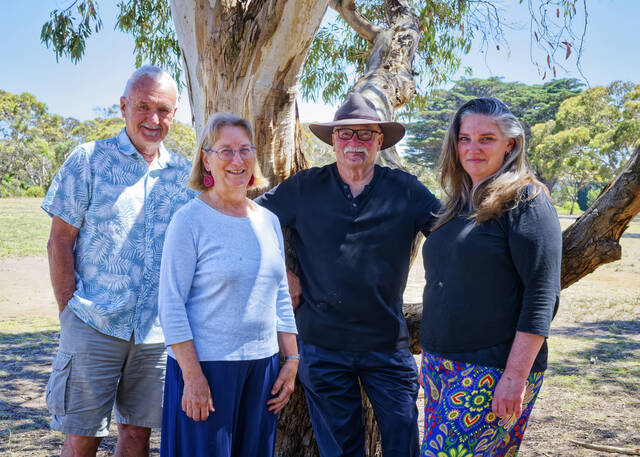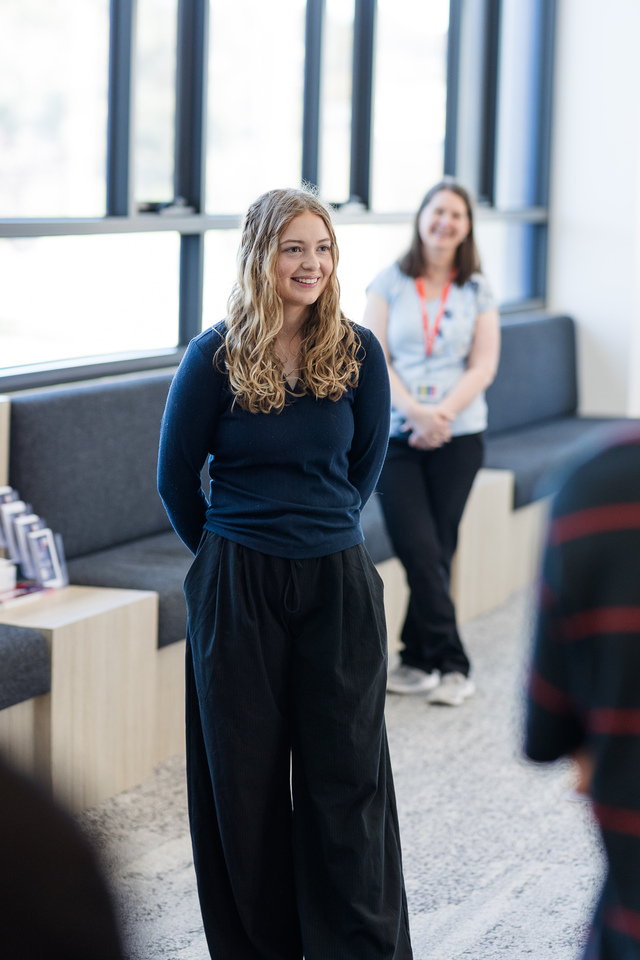Staying active in retirement is essential for maintaining physical and mental well-being. Here are some easy ways for seniors to stay active:
1 – Walking: Walking is one of the simplest and most effective forms of exercise. Aim for at least 30 minutes of brisk walking each day, either outdoors or on a treadmill if weather is a concern.
2 – Swimming: Swimming is a low-impact exercise that’s easy on the joints and provides a full-body workout. Many retirement communities have pools, or you can visit a local public pool.
3 – Tai Chi: Tai Chi is a gentle form of exercise that improves balance, flexibility, and relaxation. It’s especially beneficial for seniors, and many community centers offer Tai Chi classes.
4 – Yoga: Yoga helps with flexibility, balance, and stress reduction. Look for classes designed for seniors or practice gentle yoga routines at home with the help of instructional videos.
5 – Dancing: Dancing is a fun way to stay active. Whether you prefer ballroom, line dancing, or Zumba, dancing can help improve cardiovascular health and coordination.
6 – Chair Exercises: Chair exercises are a great option for seniors with mobility limitations. You can perform a variety of seated exercises to work on strength, flexibility, and balance.
7 – Cycling: If you have access to a stationary bike or a tricycle, cycling can be a fantastic way to get your heart rate up and improve leg strength.
8 – Gardening: Gardening is a physically active hobby that provides exercise and the satisfaction of tending to plants. Planting, weeding, and harvesting all involve movement.
9 – Golf: Golf is a low-impact sport that allows you to enjoy the outdoors and get some exercise. Walking the course instead of using a cart can increase physical activity.
10 – Social Activities: Join clubs or groups that involve physical activities, like walking clubs, senior sports leagues, or even social dancing groups. The social aspect can make exercise more enjoyable.
11 – Stretching: Regular stretching exercises can help maintain flexibility and reduce the risk of injury. Include stretches as part of your daily routine.
12 – Strength Training: Light strength training with resistance bands or light weights can help maintain muscle mass and bone density.
13 – Active Hobbies: Pursue hobbies that require movement, such as birdwatching, fishing, or photography, to keep yourself engaged and active.
14 – Water Aerobics: Many retirement communities and fitness centers offer water aerobics classes, which provide a gentle but effective workout in the pool.
15 – Volunteer Work: Volunteering for community projects that involve physical activity, such as cleaning up parks or participating in charity walks, can keep you active while giving back to your community.
Remember to consult with a healthcare professional before starting any new exercise routine, especially if you have underlying health conditions. They can provide guidance on what activities are safe and appropriate for your individual needs and abilities.









